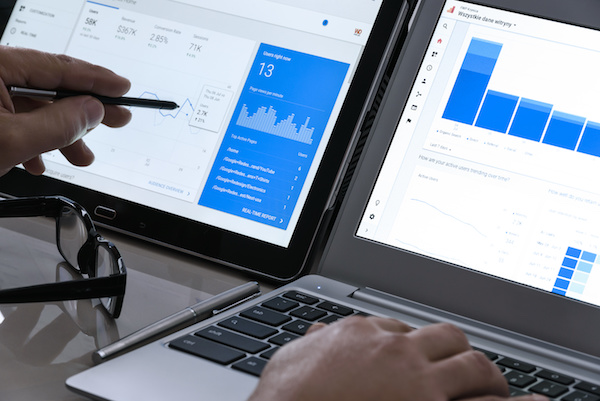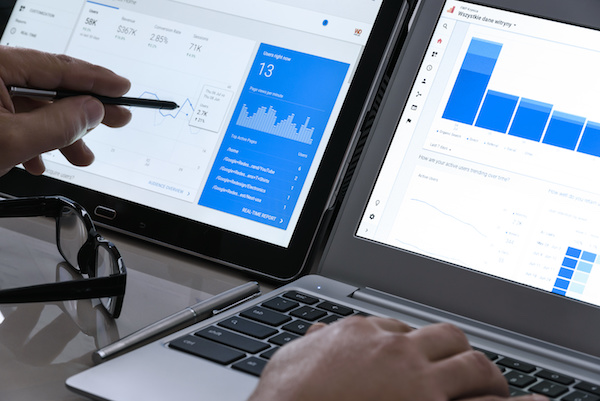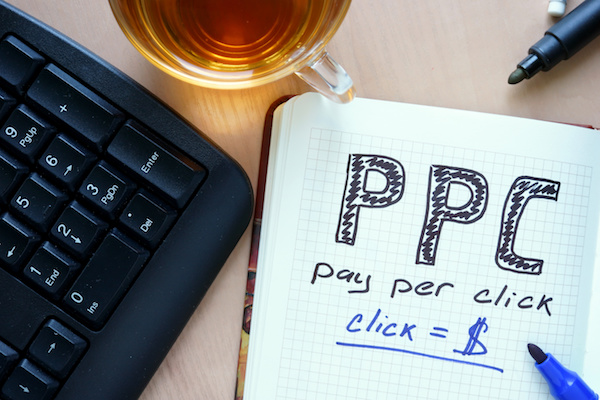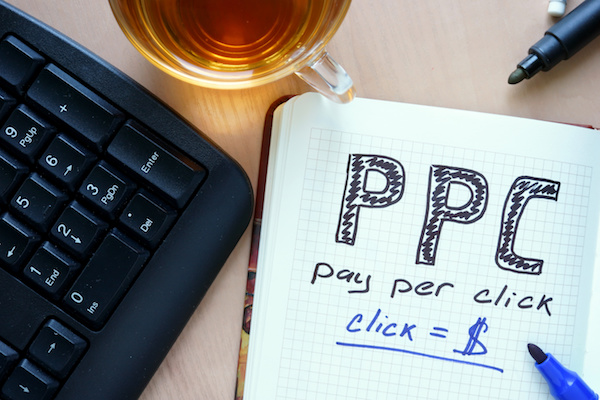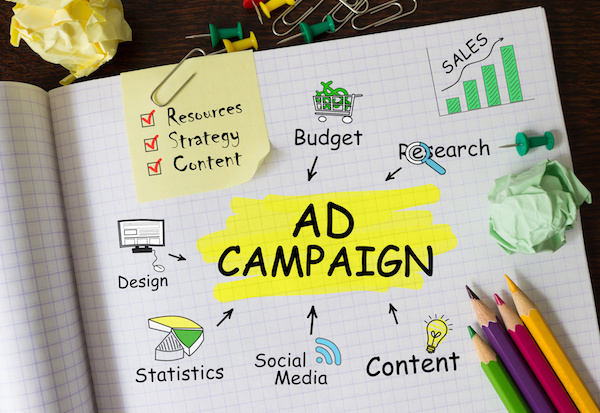
While Facebook and Instagram are already well-established among retailers worldwide, consumers are starting to branch off and immerse their social attention within alternative platforms that have something else to offer. This means that the social media landscape is on the move and if you want your business to continue progressing forward, you may want to consider using Snapchat or Pinterest to advertise to younger demographics.
How do online businesses utilize Snapchat?
Snapchat is the ultimate multimedia messaging app, where users can share videos and images to their stories or a specific friend from their contact list. There’s even a “Discover” section where brands can pay to show off their ad-based content. How does it work? Well, the user simply “snaps” a video or photo by holding the circular, centred button on the app screen. Once taken, they can choose to send it as is or add some characteristics such as text, GIFs, location tags, and stickers. This is likely why Snapchat’s rise in demand is thriving among Gen Z users, as many other demographics are not fleeting to the demands of this social platform.
That being said, if your company’s products or services cater to young adults, then your social media marketing business strategy should include this intuitive platform. In fact, we advise that you use this channel purely as a mode of entertainment, pushing towards a fun, engaging content approach rather than overtly selling. Remember to be playful, creative, and authentic when creating posts that are meant to advertise and engage with your brand.
How do online businesses utilize Pinterest?
This social media marketing business channel has been around for the past decade, consisting of images of products, inspirational quotes pictures, and other general visuals. When users are on the hunt for ideas, Pinterest allows them to search their visual mood-boards and “pin” the perceptible information into custom, categorized boards for review later on. This means that whether the user wants to start a new workout routine or they’re looking to begin their wedding planning, their interests can be easily browsed on Pinterest, allowing them to find inspiration based on a variety of searched themes.
Now, you’re probably wondering how your products and services as a business owner will generate buzz on Pinterest. Well, when users “pin” images, they’re clicking on pictures that take them back to the source website of the image. This means that your business has the opportunity to create these new interactions with users by driving them to click on your unique contributed “pins”. If the virtual, vision board you’ve created contains your item or service in it, users that click will automatically find their way onto your brand website, which will encourage purchases without being overtly sales-oriented in the advertising approach. After all, Pinterest users love the ease of e-commerce photography and by investing in this extension of your online shop you’re able to attract new consumers that see exactly how your product fits into their search model.
Have you ever considered the above social channels for your business? Drop a comment below to start a conversation.
Alex Wilks has been working as a copywriter and digital marketing strategist since 2018, with added specialties in social media and email marketing. With a Bachelor’s Degree in Journalism and Communication, she is a natural content writer with the ability to connect well with her target audience.

